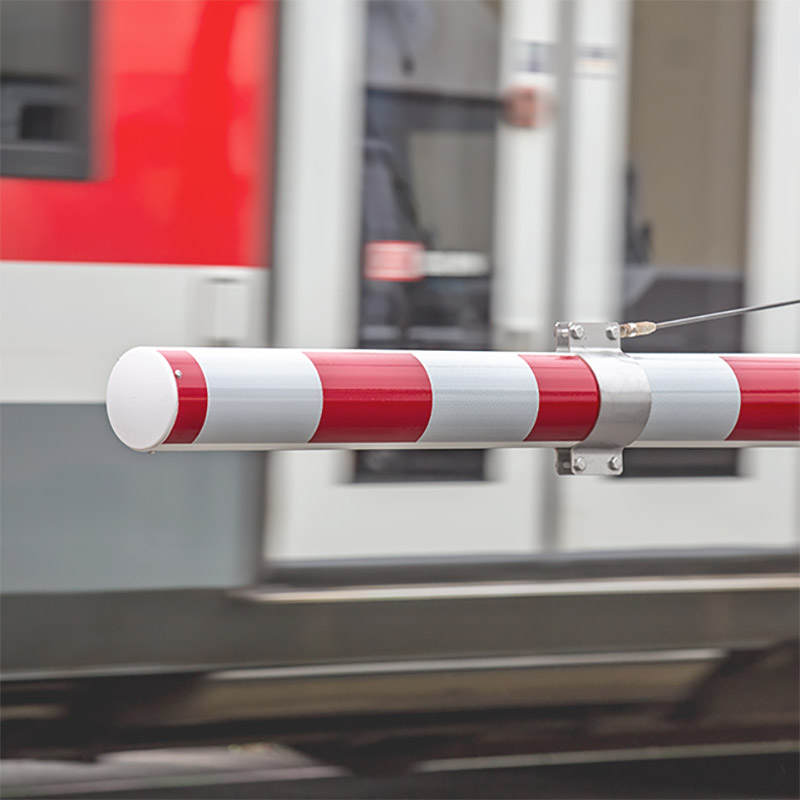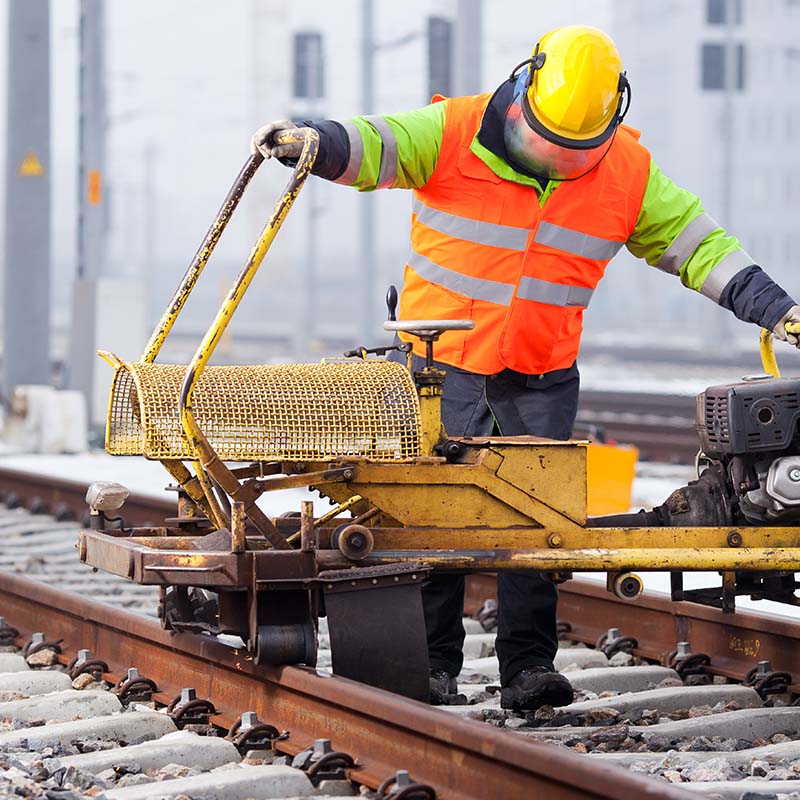bastad
Copy of presentation delivered Monday 28 September 2009, Bastad
Copy of presentation delivered Monday 28 September 2009, Bastad
In many different standards the subject matter of dependability, including reliability, availability, maintainability and safety/security, RAMS(S) for short, is defined by various concepts. Their unambiguous definition can lead to a clear interpretation which facilitates communication of all persons involved in the development of safety-critical railway applications. By means of concise communication during specification, subsequent implementation as well as the preparation of operating and maintenance manuals negative legal and financial impacts can be avoided. This paper introduces a method for terminological disambiguation and applies it to the terms “safety” and “security”.
Copy of presentation delivered Monday 28 September 2009, Bastad
This paper reviews how security and safety are two different concepts in our mind but sometimes confused. Security and safety are complementary, particularly in the request of the clients or the public authorities, but different in their causes and in the answers to be provided
Copy of presentation delivered Monday 28 September 2009, Bastad
Comparison of risk associated with an action and its cost, is not simple as risk and cost are not measured in the same units. The GB railway industry risk generally estimates in Fatalities and Weighted Injuries (FWI) per year. In order to make a comparison of risks with costs, the risk needs to be translated into a financial value. This is done using the industry ïValue of Preventing a Fatality’ (VPF), which is currently approximately £1.6 million per statistical fatality averted (DfT, 2004). Having made the risk and the sacrifice comparable how do we weight one against the other?
Copy of presentation delivered Tuesday 29 September 2009, Bastad
A study, conducted by Scandpower, on requirements and regulations in Norway, Sweden, Denmark and Germany concerning the crew on board passenger trains. The conditions in each country have been studied in order to compare the different concepts and conclude if there are major differences in approach, requirements and methods. The study was focused on the application of the safety equipment of the trains, the tasks of the crew and evacuation requirements in case of an emergency situation. The purpose of the study was to evaluate the safety related importance of the manning of passenger trains with or without safety crew.
Copy of presentation delivered Tuesday 29 September 2009, Bastad
Copy of presentation delivered Tuesday 29 September 2009, Bastad


